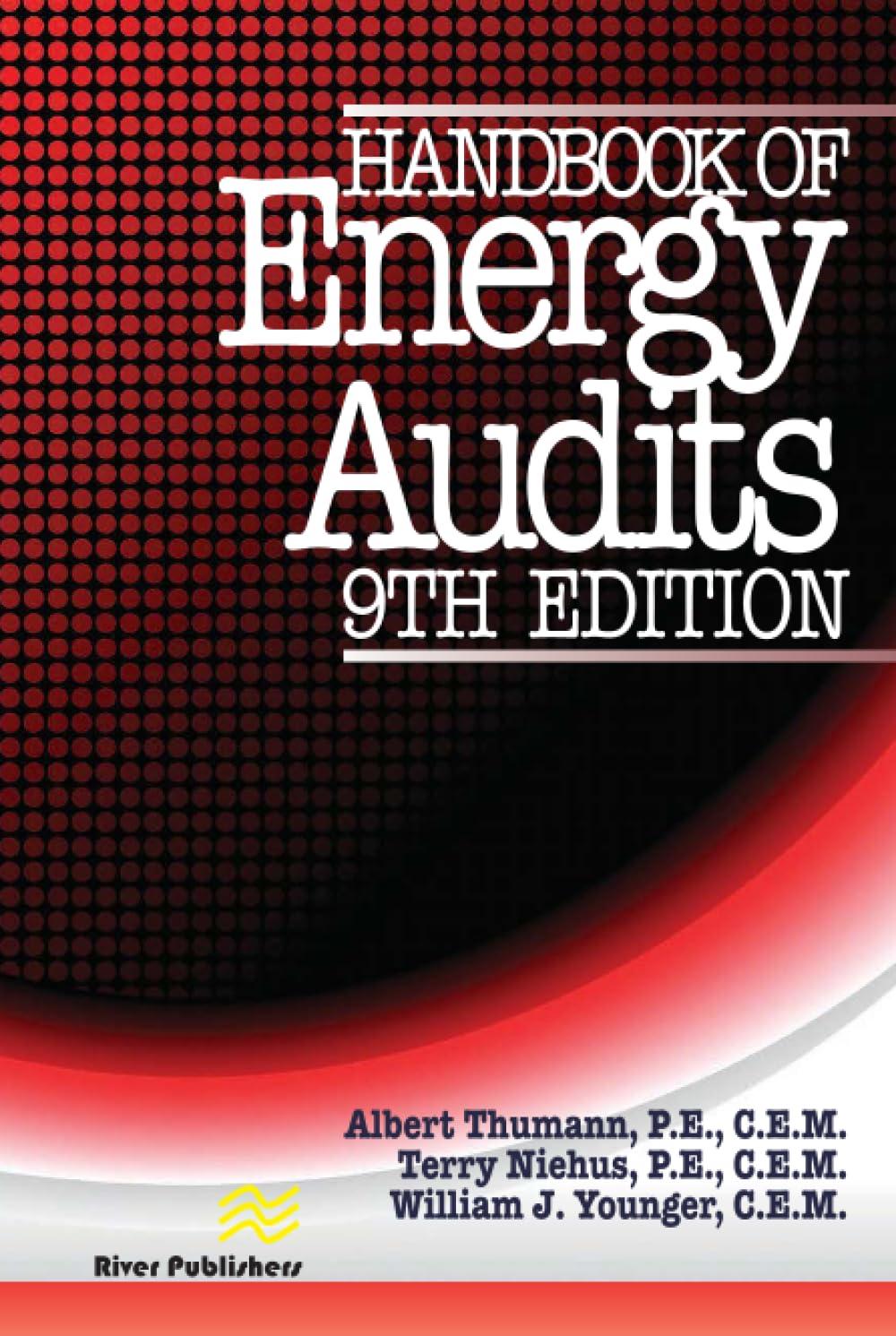Question
1. [ROA and ROE models and Ratio Components] The Salza Technology Corporation successfully increased its top line sales from $375,000 in 2012 to $450,000 in
1. [ROA and ROE models and Ratio Components] The Salza Technology Corporation successfully increased its top line sales from $375,000 in 2012 to $450,000 in 2013. Net income also increased as did the ventures total assets. You have been asked to compare the financial performance between the two years.
Salza Technology Corporation
Annual Income Statements (in $ Thousands)
|
| 2012 | 2013 |
| Net sales | $375 | $450 |
| Less: Cost of goods sold | -225 | -270 |
| Gross profit | 150 | 180 |
| Less: Operating expenses | -46 | -46 |
| Less: Depreciation | -25 | -30 |
| Less: Interest | -4 | -4 |
| Income before taxes | 75 | 100 |
| Less: Income taxes | -20 | -30 |
| Net income | $ 55 | $70 |
|
Cash dividends |
$ 17 |
$ 20 |
Balance Sheets as of December 31 (in $ Thousands)
|
| 2012 | 2013 |
| Cash | $ 39 | $ 16 |
| Accounts receivable | 50 | 80 |
| Inventories | 151 | 204 |
| Total current assets | 240 | 300 |
| Gross fixed assets | 200 | 290 |
| Less accumulated depreciation | 95 | 125 |
| Net fixed assets | 105 | 165 |
| Total assets | $345 | $465 |
|
Accounts payable |
$ 30 |
$ 45 |
| Bank loan | 20 | 27 |
| Accrued liabilities | 10 | 23 |
| Total current liabilities | 60 | 95 |
| Long-term debt | 15 | 15 |
| Common stock | 85 | 120 |
| Retained earnings | 185 | 235 |
| Total liabilities and equity | $345 | $465 |
A. Calculate the net profit margin and the sales-to-total assets ratio for Salza for 2013 using average total assets. Also calculate the return on total assets in 2013 using average total assets.
B. Calculate the ratios in the ROA model for both 2012 and 2013 using year-end total assets. Comment on any financial ratio differences.
C. Expand the 2013 ROA model discussed in Part A into an ROE model that includes financial leverage as measured by the equity multiplier. Use average owners or stockholders equity in your calculation.
D. Expand the 2012 and 2013 ROA model calculations in Part B into ROE models based on year-end owners or stockholders equity amounts.
Step by Step Solution
There are 3 Steps involved in it
Step: 1

Get Instant Access to Expert-Tailored Solutions
See step-by-step solutions with expert insights and AI powered tools for academic success
Step: 2

Step: 3

Ace Your Homework with AI
Get the answers you need in no time with our AI-driven, step-by-step assistance
Get Started


